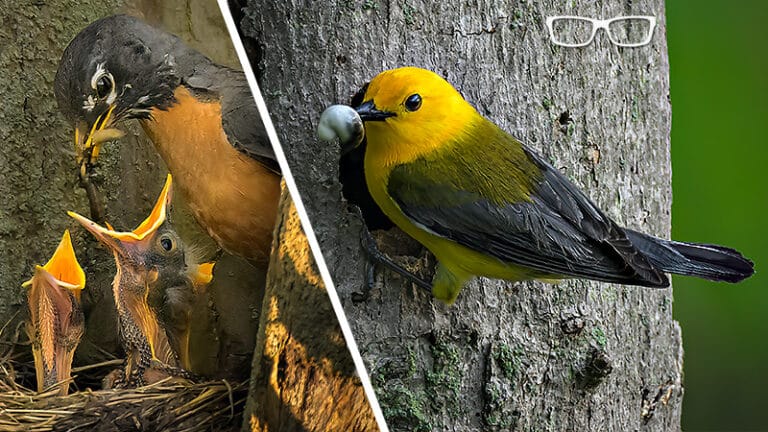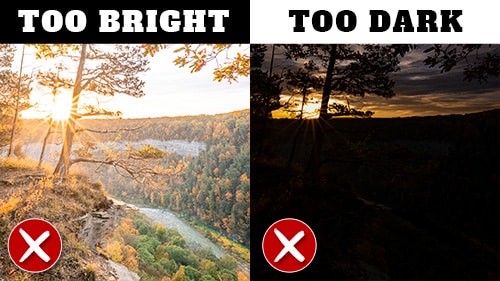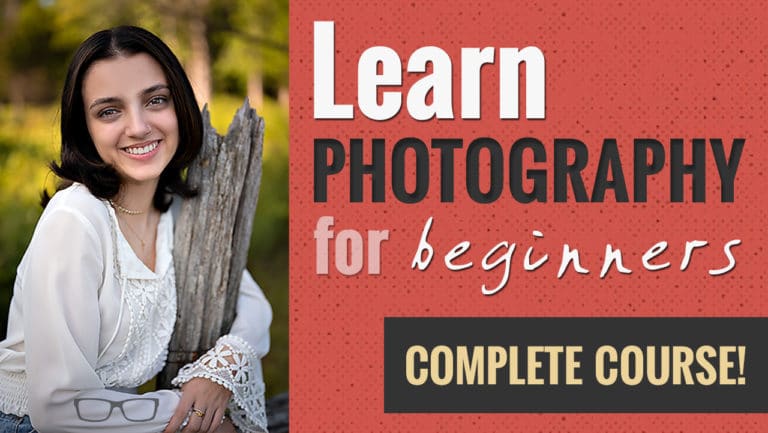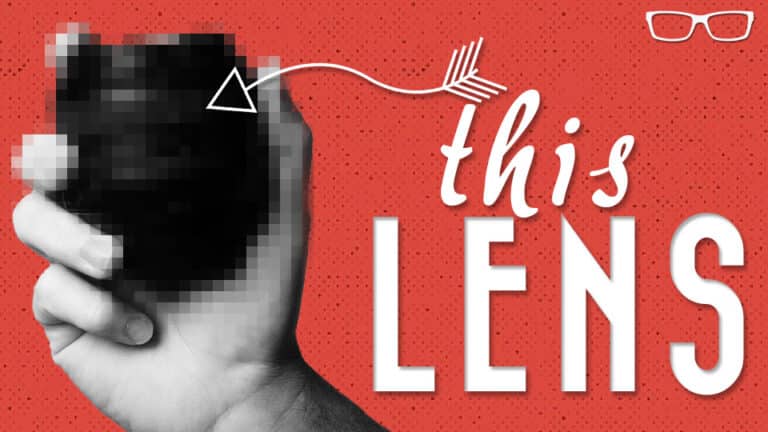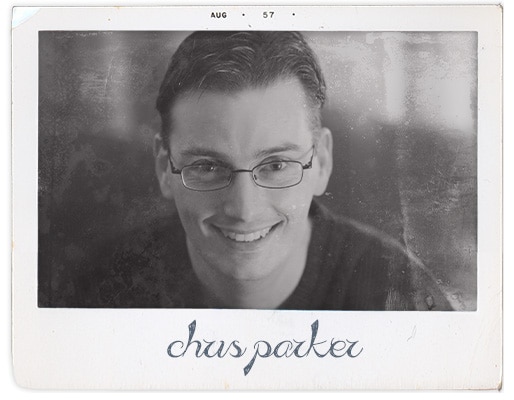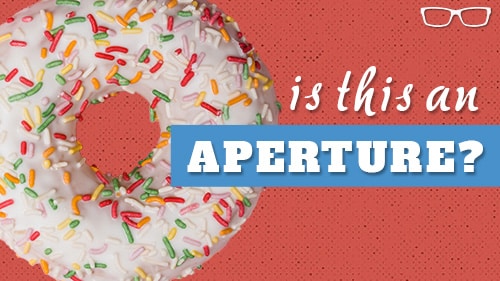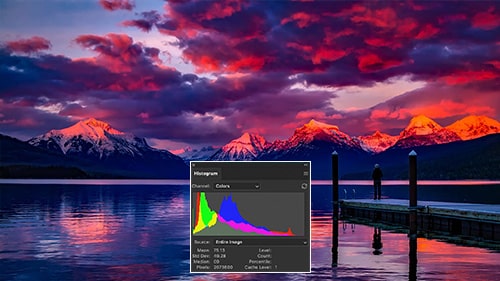What Pros know about White Balance that YOU DON'T
Subscribe
Even after learning how to choose the “perfect” White Balance in-camera or you're editing software of choice, you're still doing it wrong. And I'll prove it.
And the answer isn’t AI.
Knowing how to choose the perfect White Balance for any image, there’s three things you need to understand that the pros know. First…
“Balancing”
When we all started our photographic journey as beginners, and if you were like me, the images you created may not have been that good. When I started in 1989, mine were horrible!
And when you start, there’s a steep learning curve. Right?
The first step is understanding and mastering ISO, Aperture, and Shutter Speed.
Then, we had to learn to use light and composition to create an amazing image.
If that wasn’t enough, we have to learn editing in our digital age. That’s a lot of information to take in and master.
And it’s no surprise that one critical element got lost in the process and can have a huge impact on how successful your image is. More on that coming up soon.
In a previous video… that I’ll link to in the description, I walked you through how to properly use and edit your images in regards to White Balance.
But there’s a lot more to it than “balancing” the colors in your image.
For example, it’s wrong if I “balance” the colors in this image, as many of you are taught.
At least for this image, based on the time of day, the lighting condition, and the time of year fall in this case.
The original White Balance evokes a different feeling or mood than the corrected image.
But wait, you’re saying, how can you evoke an emotion with a landscape?
How is that possible?
the Color of Light
Well, let me ask you this first… how much patience do you have?
Well, in 1991, a fellow photographer taught me the color of light and, more importantly, patience.
However, I was too impatient to follow the advice given: to observe the color of light from dusk to dawn for 365 days. Why?
Well, as you know, from sunrise to sunset, there’s a definite change in color between those two points. Right?
During the Golden hour, the color is much warmer compared to the afternoon, which is closer to white, on a sunny day that is.
When it’s cloudy, the color of light is closer to blue.
But the color of light at noon… in the summer… is a different shade of color compared to winter. So, from season to season, the color of light shifts differently
Why is that? Well, let’s keep this simple.
The sunlight looks different in the summer, fall, winter, and spring due to the Earth’s axial tilt and orbit around the sun.
So, in the U.S. and Canada, the Earth is tilted toward the sun during the summer, leading to longer days and the sun appearing higher in the sky.
This gives it a warmer and brighter appearance due to more direct sunlight.
In the winter, the Earth is tilted away from the sun, leading to shorter days, and the sun appears lower in the sky.
Which results in less direct sunlight and a cooler, softer quality of light.
This is another reason why the premade White Balance settings are only a starting point, and you’ll have to manually adjust during the editing process to get the “perfect” White Balance.
But a perfect White Balance doesn’t mean you have the perfect color for your image.
And I’ll prove it in a moment by showing you how choosing the wrong color can alter the mood or feeling of it.
Psychology of Color
First, did you know that there are over thirty different rules and techniques for composition? And one of those is Emotion.
This is easy to do when you’re a Romantic Photojournalist, which is what I described myself when marketing my wedding photography studio.
And Romantic Photojournalism is nothing more than capturing candid moments.
And as you would expect… throughout the day of a wedding… there’s a wide range of emotions you can capture.
All of these, when you view them, will take you back to the time you experienced something similar and you felt that moment.
Some moments will resonate more than others, depending on the intensity of the emotion.
For me, that connection or that feeling is an image of the Father and Daughter dance. Not that my daughter is married, but more of the anticipation and joy of that future moment.
So, what wedding event or moment evokes the stronger emotion for you? Let me know in the comments.
Another way to express emotions and feelings is through the use of colors. Our White Balance tools give us shades of Blue, Yellow, Green, and Magenta.
And some colors can evoke a stronger emotion than others.
Red is associated with strong emotions like love, passion, and anger.
Blue is cold and sad but can also represent calm or relaxed.
Yellow is bright, sunny, happy, warm, or it could be caution or sickness
Green could be sickness, too, but it’s more known to be refreshing and tranquil.
So, although this image has been “white balanced,” it removed the initial blue color that I captured. And remember, cloudy days are more blue than white.
And during the Fall, it’s trending to blue. So, by removing it, I’ve altered the natural color that I saw at the time of capture.
Plus, the blue adds to the story of the image. It was cold, and the blue reflected that.
So, when you sit down to edit, you must decide your creative intent.
For example, do you want to match the “color of light” at the time of capture?
If so, manually adjust the Temp and Tint to dial in that color vs using a premade-made White Balance setting or the eyedropper tool.
If it’s sunny, you’ll want the light to be from White to Yellow, but not too much yellow if it isn’t a sunrise or sunset.
For most of my images that I’ve shot an hour or two before noon and later in the afternoon, I’ll set this number between 5200 and 5600. If it’s partly cloudy to overcast, you’ll increase the amount of Blue accordingly.
Typically, for me, that’s around 4600-5000. Or, if you want to evoke a specific emotion to tell the story better or if it’s a creative project, choose your colors wisely.
Choosing the perfect white balance is easy once you know the image’s direction or intent.
One Problem
However, setting the white balance will still be difficult if you haven’t mastered the fundamentals of photography: ISO, aperture, and shutter speeds.
You can master all three in 10 minutes by watching this video next.


